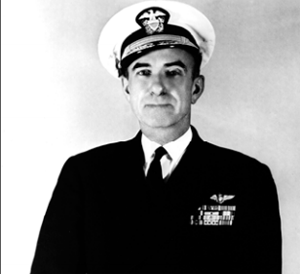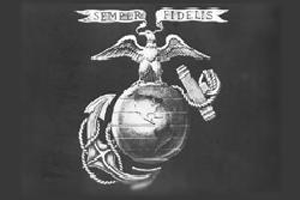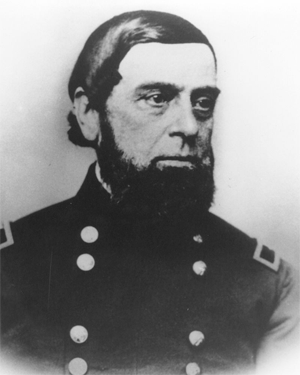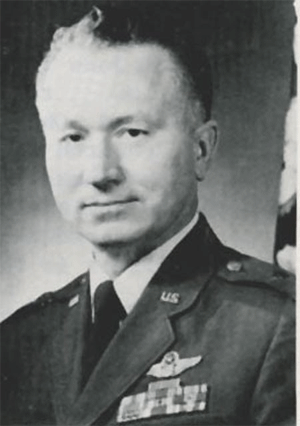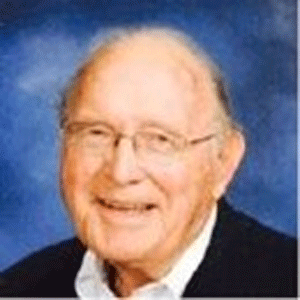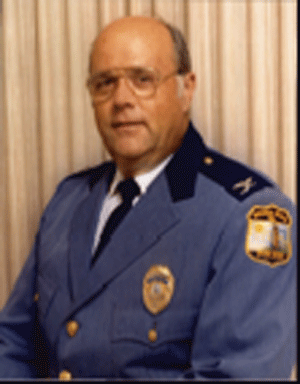Re: Mrs. Kay Griggs on How the Government Works
The Advanced Research Projects Agency [EXCERPT]
A Study Prepared by Richard J. Barber Associates, Inc.
December, 1975
NOTICE: THIS WORK MAY BE PROTECTED BY COPYRIGHT
L.P. Gise [Admiral Lawrence Gise] believes that Lt. Col. George Brown, USAF, a military assistant in Holaday's office, actually came up with the name ARPA. (Discussion with L.P. Gise, April 7, 1975.) ...
L.P. Gise recalls that when Wilfrid McNeil offered him the top administrative job in ARPA, the Vinson threat was so real that McNeil assured him another job would be found for him in OSD if ARPA could not be set up:
Clark and York joined ARPA in late March 1958. Clark began to assemble a small staff of technically-oriented military officers. Wilfrid McNeil, Assistant Secretary of Defense (Comptroller), recruited Lawrence P. Gise from the AEC to handle the Agency's financial management activity ...
An office of Program Control and Administration (headed by L.P. Gise) consisting of seven civilian professionals, was set up to handle budgetary control and assignment of funds to Service agents for contracting (through what became formalized as the "ARPA Order" system), management reporting systems, and internal ARPA Administration....
Almost immediately following the decision to create TOD [Technical Operations Division], a further reorganization took place (Jauary 1959). [82] It elevated L.P. Gise to the position of Assistant Director for Administration. He retained broad program administration functions ...
There apparently was lengthy discussion of acquiring the Naval Research Laboratories as well. [89] Johnson personally visited ABMA and JPL and other facilities. His top management adviser, L.P. Gise, argued strongly against taking them, or creating an ARPA procurement structure, because the administrative burden would ultimately drag ARPA down. [90] ... Gise had considerable experience with the management of AEC's network of field installations and Johnson placed a high value on his judgment. Johnson cited the "administrative burden" theory publicly whenever asked about the issue and the notion of a streamlined, hard-hitting ARPA shunning ownership of laboratories and utilizing the facilities of others became part of the established folklore in the Agency. Gise seemed to be most influential in rejecting ABMA and Johnson reacted so negatively to the Director of JPL, personally, that there was never any doubt that he would stay clear of it. ...
At the very end of his tenure he did "go public" with a demand for more funds for the Saturn IB booster project, but that was independent of whether ARPA or some other agency managed it. On one occasion, perhaps this one, Johnson was reprimanded by the President for letting it be known on the Hill that he wished there was more money for military space programs. Of the White House reprimand, said L.P. Gise, "I know he got a big kick out of it. It didn't bother him, obviously." (Discussion with Gise, April 7, 1975.) ...
On one occasion, Snyder called for a showdown on a space public affairs launch policy issue before Secretary Gates. L.P. Gise and L.W. Huff were summoned by Gates to give the ARPA case. Snyder lost. ...
During this period -- summer and fall of 1958 -- both NASA and a national space program were being established. NASA indicated an interest in acquiring SATURN. In the course of a key budget review meeting in November -- attended by Killian, Quarles, Glennan, Dryden, York, Gise, and David Young, but not Johnson -- all money for SATURN was deleted from the budget and the question of perhaps transferring such responsibility to NASA was raised.
A Study Prepared by Richard J. Barber Associates, Inc.
December, 1975
NOTICE: THIS WORK MAY BE PROTECTED BY COPYRIGHT
YOU ARE REQUIRED TO READ THE COPYRIGHT NOTICE AT THIS LINK BEFORE YOU READ THE FOLLOWING WORK, THAT IS AVAILABLE SOLELY FOR PRIVATE STUDY, SCHOLARSHIP OR RESEARCH PURSUANT TO 17 U.S.C. SECTION 107 AND 108. IN THE EVENT THAT THE LIBRARY DETERMINES THAT UNLAWFUL COPYING OF THIS WORK HAS OCCURRED, THE LIBRARY HAS THE RIGHT TO BLOCK THE I.P. ADDRESS AT WHICH THE UNLAWFUL COPYING APPEARED TO HAVE OCCURRED. THANK YOU FOR RESPECTING THE RIGHTS OF COPYRIGHT OWNERS.
L.P. Gise [Admiral Lawrence Gise] believes that Lt. Col. George Brown, USAF, a military assistant in Holaday's office, actually came up with the name ARPA. (Discussion with L.P. Gise, April 7, 1975.) ...
L.P. Gise recalls that when Wilfrid McNeil offered him the top administrative job in ARPA, the Vinson threat was so real that McNeil assured him another job would be found for him in OSD if ARPA could not be set up:
...So the Agency was controversial even before it was formed. My deal with McNeil was that I would come over and handle the administrative end of the business, with the assurance that if the Agency went up in blue smoke that he would absorb me in his immediate office, and he had a job set up for that purpose. But it was that tenuous back in those days.
Clark and York joined ARPA in late March 1958. Clark began to assemble a small staff of technically-oriented military officers. Wilfrid McNeil, Assistant Secretary of Defense (Comptroller), recruited Lawrence P. Gise from the AEC to handle the Agency's financial management activity ...
An office of Program Control and Administration (headed by L.P. Gise) consisting of seven civilian professionals, was set up to handle budgetary control and assignment of funds to Service agents for contracting (through what became formalized as the "ARPA Order" system), management reporting systems, and internal ARPA Administration....
Almost immediately following the decision to create TOD [Technical Operations Division], a further reorganization took place (Jauary 1959). [82] It elevated L.P. Gise to the position of Assistant Director for Administration. He retained broad program administration functions ...
There apparently was lengthy discussion of acquiring the Naval Research Laboratories as well. [89] Johnson personally visited ABMA and JPL and other facilities. His top management adviser, L.P. Gise, argued strongly against taking them, or creating an ARPA procurement structure, because the administrative burden would ultimately drag ARPA down. [90] ... Gise had considerable experience with the management of AEC's network of field installations and Johnson placed a high value on his judgment. Johnson cited the "administrative burden" theory publicly whenever asked about the issue and the notion of a streamlined, hard-hitting ARPA shunning ownership of laboratories and utilizing the facilities of others became part of the established folklore in the Agency. Gise seemed to be most influential in rejecting ABMA and Johnson reacted so negatively to the Director of JPL, personally, that there was never any doubt that he would stay clear of it. ...
At the very end of his tenure he did "go public" with a demand for more funds for the Saturn IB booster project, but that was independent of whether ARPA or some other agency managed it. On one occasion, perhaps this one, Johnson was reprimanded by the President for letting it be known on the Hill that he wished there was more money for military space programs. Of the White House reprimand, said L.P. Gise, "I know he got a big kick out of it. It didn't bother him, obviously." (Discussion with Gise, April 7, 1975.) ...
On one occasion, Snyder called for a showdown on a space public affairs launch policy issue before Secretary Gates. L.P. Gise and L.W. Huff were summoned by Gates to give the ARPA case. Snyder lost. ...
During this period -- summer and fall of 1958 -- both NASA and a national space program were being established. NASA indicated an interest in acquiring SATURN. In the course of a key budget review meeting in November -- attended by Killian, Quarles, Glennan, Dryden, York, Gise, and David Young, but not Johnson -- all money for SATURN was deleted from the budget and the question of perhaps transferring such responsibility to NASA was raised.
